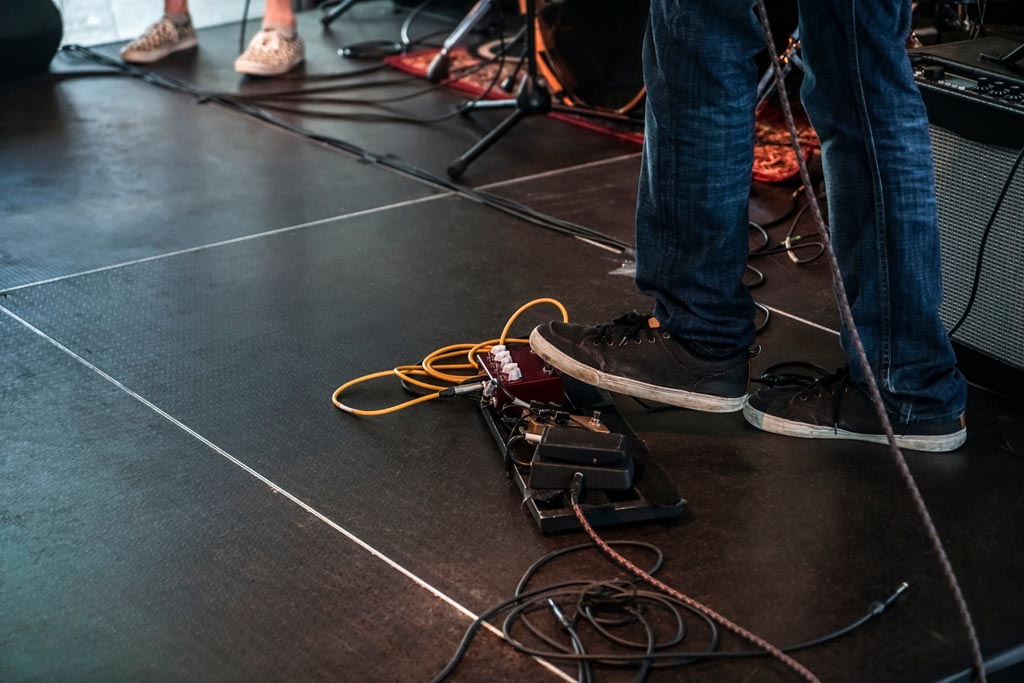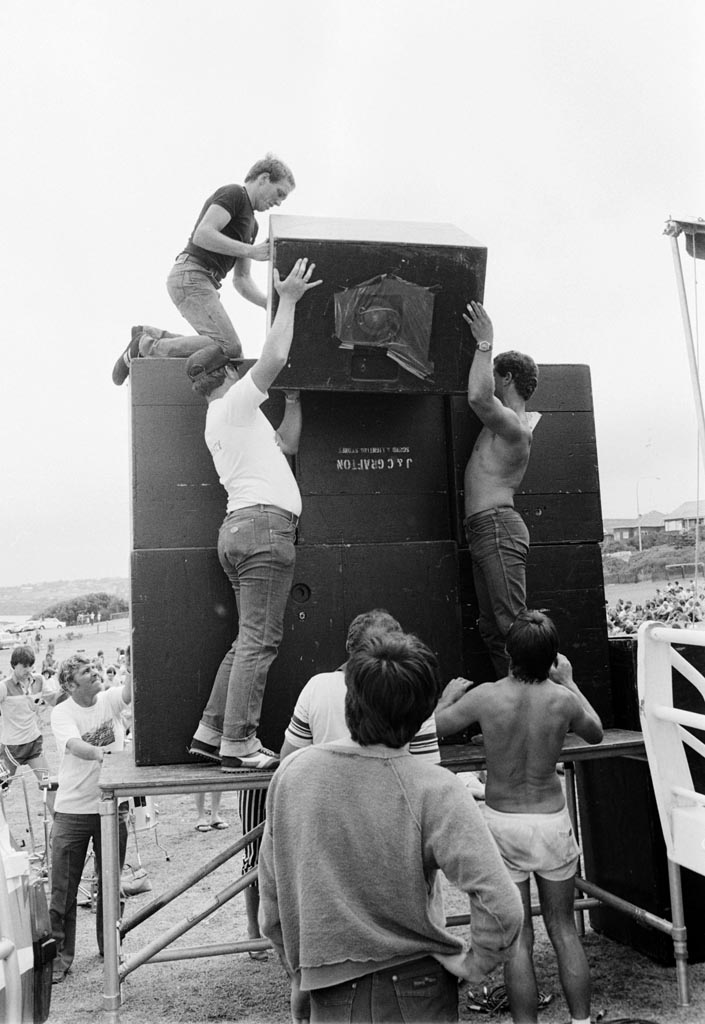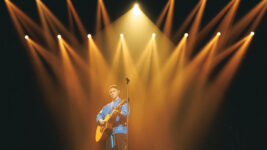RELIABLE
17 Feb 2023
RELIABLE EVERYTHING – START WITH YOURSELF!

Subscribe to CX E-News
Reliable am I, it’s hard wired into my mind and I’m glad of it. Celebrating 50 years since I first registered a business name in 1973, I reflect on the curveball failures and the measures taken to avoid them.
Today I have a side hustle, a small production business that typically comes in a van. Using a digital rack mount mixing system with an iPad for control, I thought I had everything covered, carrying a spare (smaller) analogue mixer and running a UPS so power failure didn’t crash the mix engine or the Wi-Fi router.
Until the iPad went on the fritz, and the spare iPad wasn’t set up, fresh out of the box. No problem I thought as I reached for my laptop loaded with Mix Station, and realised I didn’t have the Ethernet dongle. Still no problem but slightly a problem, I thought, as I accessed the mix engine, an Allen & Heath Qu Series, via its front panel screen and controls. I’d chosen it for the ability to use it stand-alone like this, without an iPad. But it soon became very difficult dealing with five monitor sends.
That debacle won’t happen again; the Ethernet dongle is now velcro’ed into the rack, and there are now two identical iPads, and a backup Wi-Fi box as well. My powered speaker system has one spare box ‘just in case’. In my larger ‘active’ 3 way system, I have a spare amp and a processor.
I think now I am ready for anything, except ambient temperatures over 35 degrees C. Every electronic thing I have seems to have a 35C limit, and we all know it gets way hotter than that some days.
Dealing with heat has become more critical since we now use so many devices. Wireless microphones can overheat at less than 35C if, for example, they are not set for the relevant rechargeable battery installed. Some plug packs seem to be more sensitive to heat than others. It’s worth having spares that are kept somewhere cool.
Colleagues report using ice packs and cooler bags, leaving keyboards in air-conditioned dressing rooms until on-stage time, fans, and even portable air conditioners. Powered speakers are often unable to be shaded from the sun. Rarely, but it can happen, things start to melt.
I still see the mortal sins of power occasionally: power cables coiled up, or connectors on the ground, not taped up. I always get all power connections off the ground outdoors, often bagged in plastic.
What if the van fails to proceed? I had a simple policy when I started in the 1970s; always get to the gig, even if a tow truck or tilt tray is required. Doesn’t matter if that costs more than you earn, because letting people down will cost you way more in the long term.

Back in the double and triple 4-way PA touring days, I went from a 2 ton truck, to 4 ton, then 5 ton, ending at 8 tons in just 4 years. Watching others go to 3 axle 12 tonners, I figured it was time to get off the road.
Starting with a single 4-way PA, I worried about the sole mixing console, hearing tales of power supply failures and worse. Getting a monitor console meant I had a fallback if one failed. Likewise going stereo meant I could lose a crossover, and it did happen one night. A spare amp was always in a rack, as they weren’t very reliable in the 1980s.
I never worried too much about the lighting desk. A show could go on with static lighting. I’m trying to remember any catastrophic failures on my watch and I can’t, because they never happened. I had some ‘near misses’ with trucks, usually when I dozed off at the wheel and the several times it happened, I woke in time to save myself.
Equipment does fail, and usually when you least expect it. I remember a colleague whose production Co. purchased a job lot of brand new third octave equalisers (the expensive ones) which all started to emit spurious, horrible noises into the eight foldback sends. Turns out they had a common faulty component. An international band was on stage at the time. That really messed up a reputation, and honestly that could happen to anyone.
Another horrible story: a fresh new system, just put together, goes into massive ground hum when set up at the first venue on a tour. Turns out the inexperienced kid soldering up the mic leads connected Pin 1 to the XLR shell. Every cable. That is the stuff of nightmares.
Always build then test properly, workshop the procedures, have situational talks or ‘what if’s?’ with your crew. We often have plenty of idle time so use it wisely.
Sometimes it’s crazy stuff that karks; an electric guitar goes open circuit, or a backline amp dies. One time the band came on and at the exact count of four, the keyboard power plug started to arc, sending massive blurts through the PA. Easy to spot and mute when you see the keyboard channel clipping, but still a show-stopper until fixed.
A common problem is power failure, either overload or earth leakage breaker related. Ask yourself, what has changed since we set up? Often it is someone plugging something unknown onto one of your circuits. Caterers and DJs are often the offenders.
I hope you never have any of these things happen to you.
Subscribe
Published monthly since 1991, our famous AV industry magazine is free for download or pay for print. Subscribers also receive CX News, our free weekly email with the latest industry news and jobs.






